


Theme
4AA eLearning courses
INSTITUTION
University of Nebraska College of Medicine - United States of America
According to the WHO Global Burden of Disease 2012, tension and migraine headache are 2nd and 3rd on the list of most common worldwide diseases. In spite of the burden of headache, medical students have limited time to gain mastery of the basic concepts of headache pathophysiology in order to apply those concepts for patient care. An elearning module was developed aimed at mastery learning and to be used in conjunction with a flipped classroom focused on headache.
Module used in 2nd year medical school Neurology course.
Students were instructed to view the module prior to a lecture on Headache. Classroom time was designed for application and building upon the concepts learned using videotaped patient cases and interactive discussion of the cases and patient management.
Students asked to evaluate the use of the module. 59/125 students completed the evaluation which consisted of 5 questions using a 0-4 Likert scale and a comments and suggestion section. Student comments were analyzed for common themes.
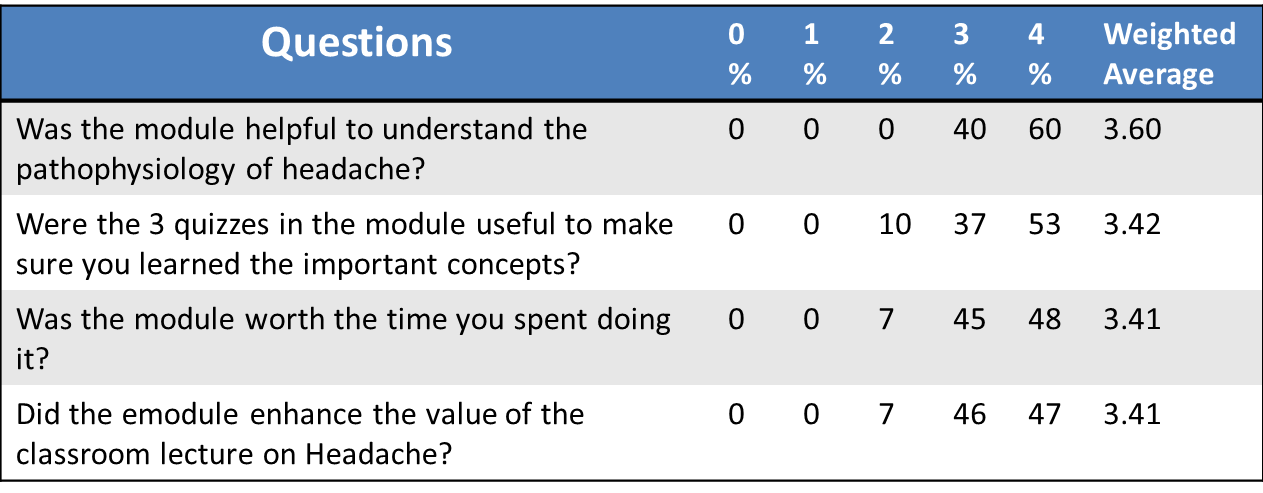
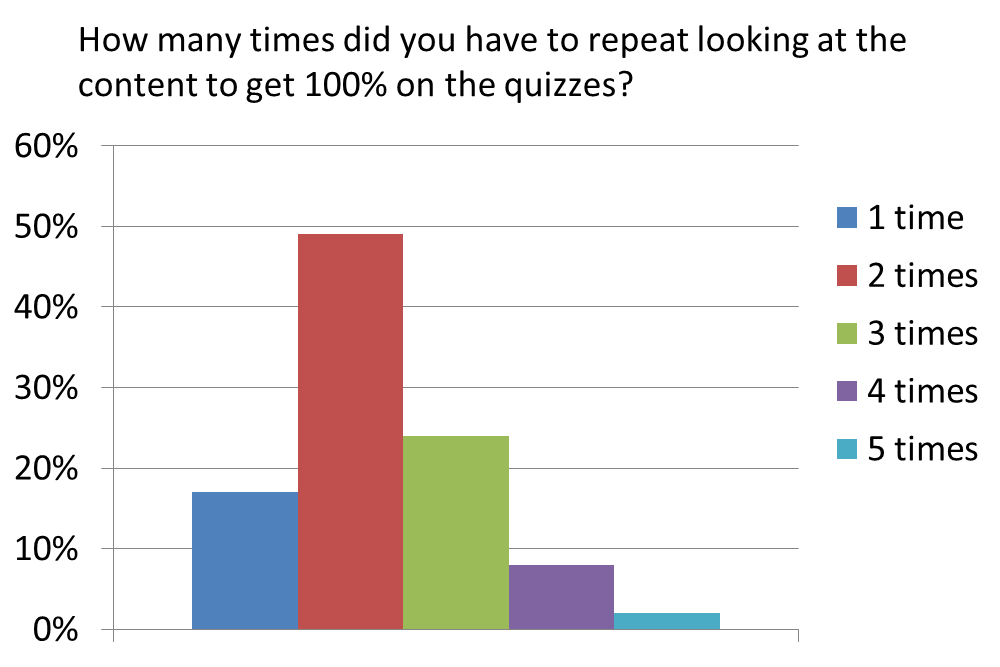
Summary of student comments
They felt like it could be used as a model for developing elearning modules for other flipped classrooms.
The brevity, animation and mastery quizzes were recurrent positive themes.
Suggestions for improvement included more user navigation control, feedback on quiz questions and improve the ease of finding concepts for review.
The design of the module was based on the following:
Brief- 15 minutes long
Focus- Principal concepts
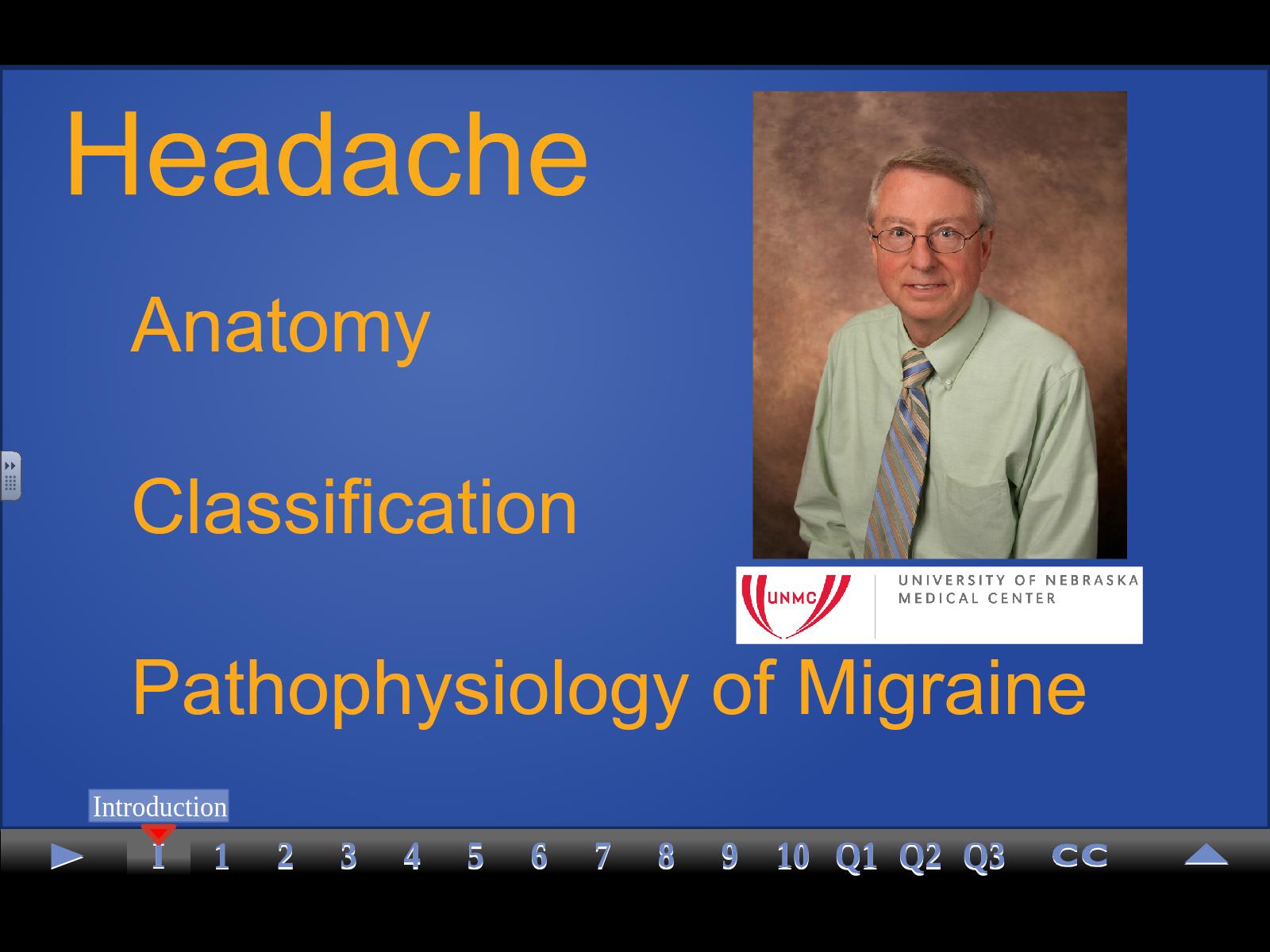
Engaging- Animation to illustrate concepts
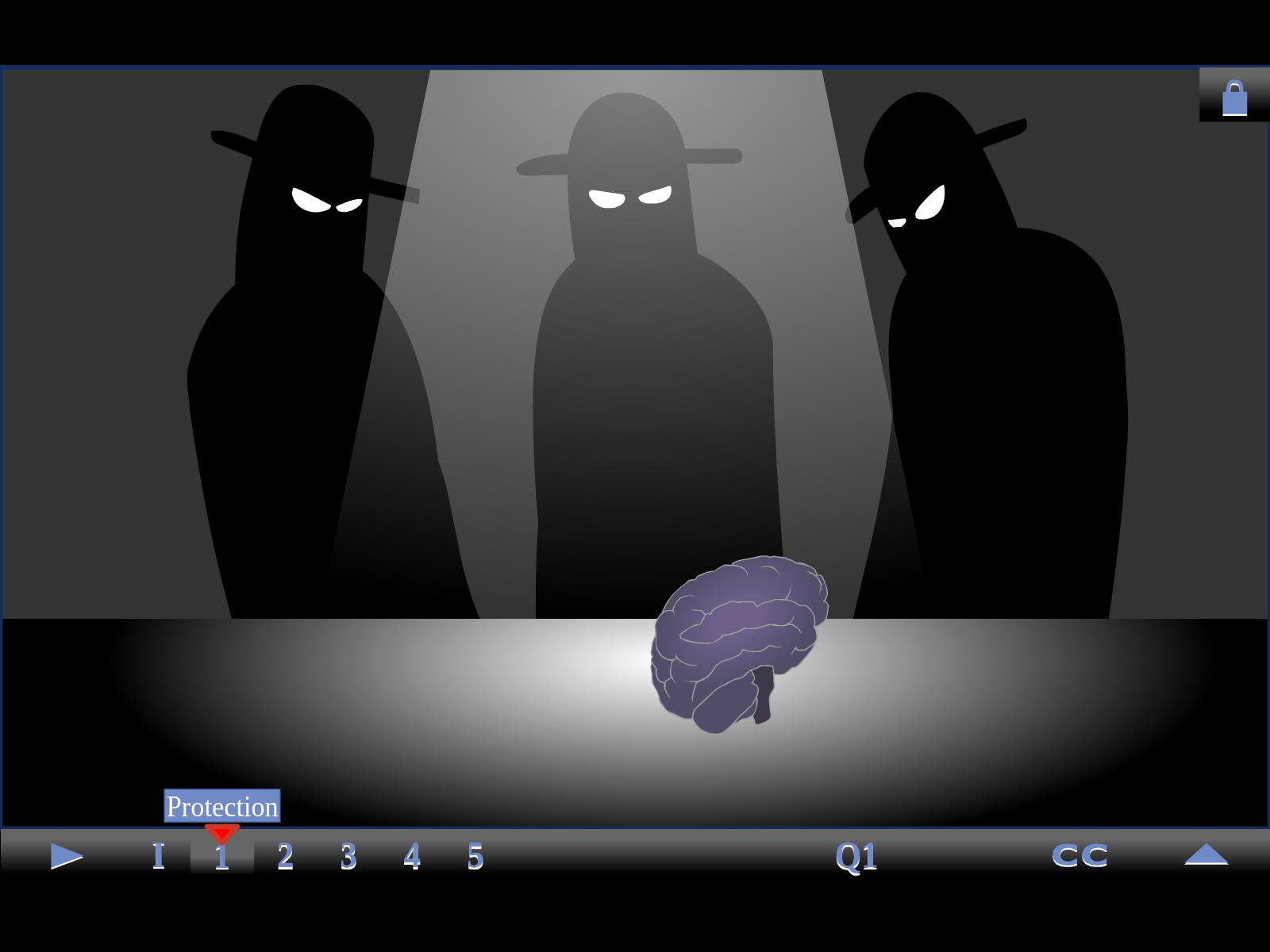
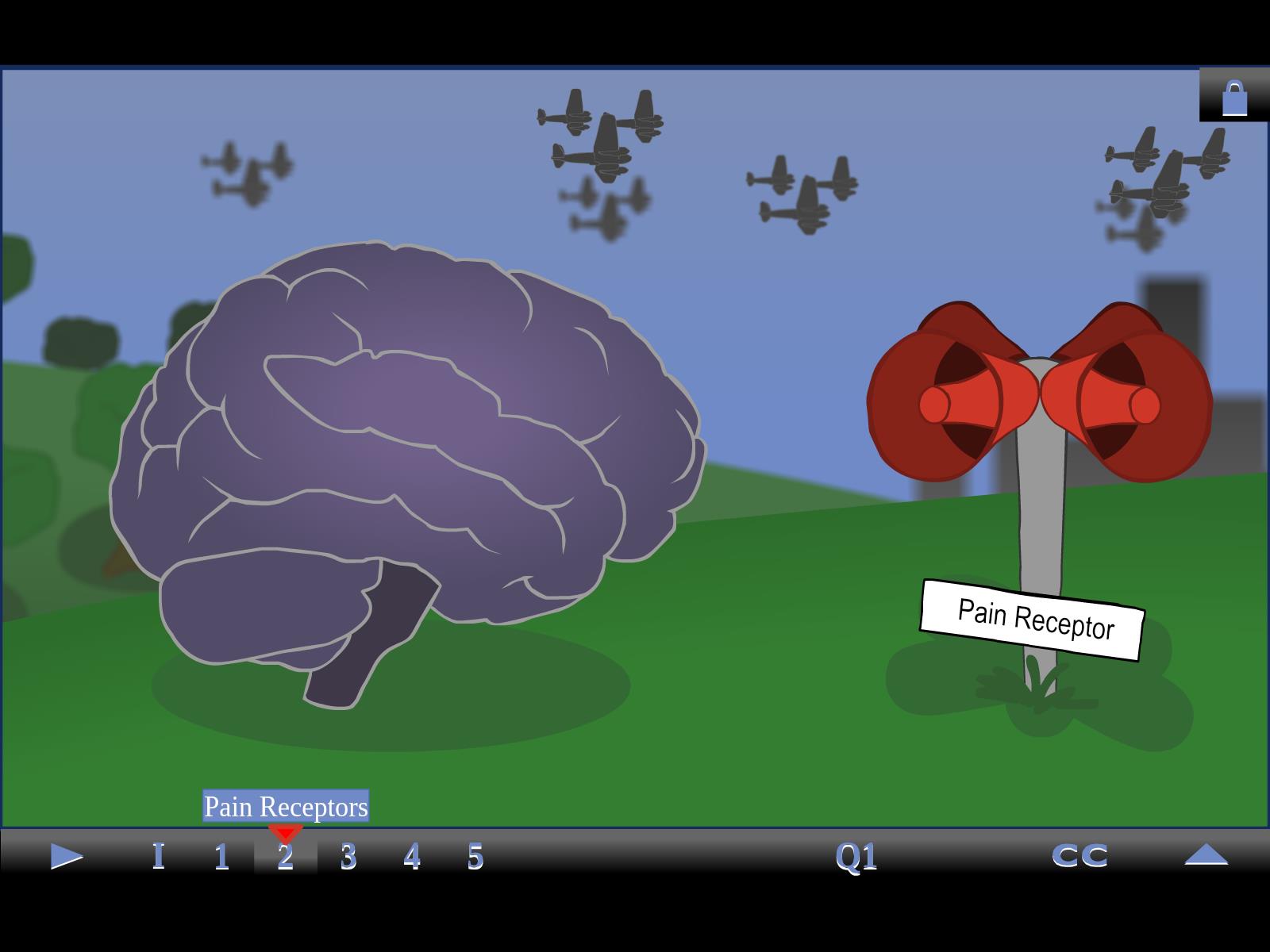
Organization- Sequencing of concepts to enhance memory and retention
Testing- Quiz after each section which the student must achieve 100% in order to advance to the next section. Test questions designed to assess comprehension and competency of key concepts and to reinforce those concepts to aid retention.
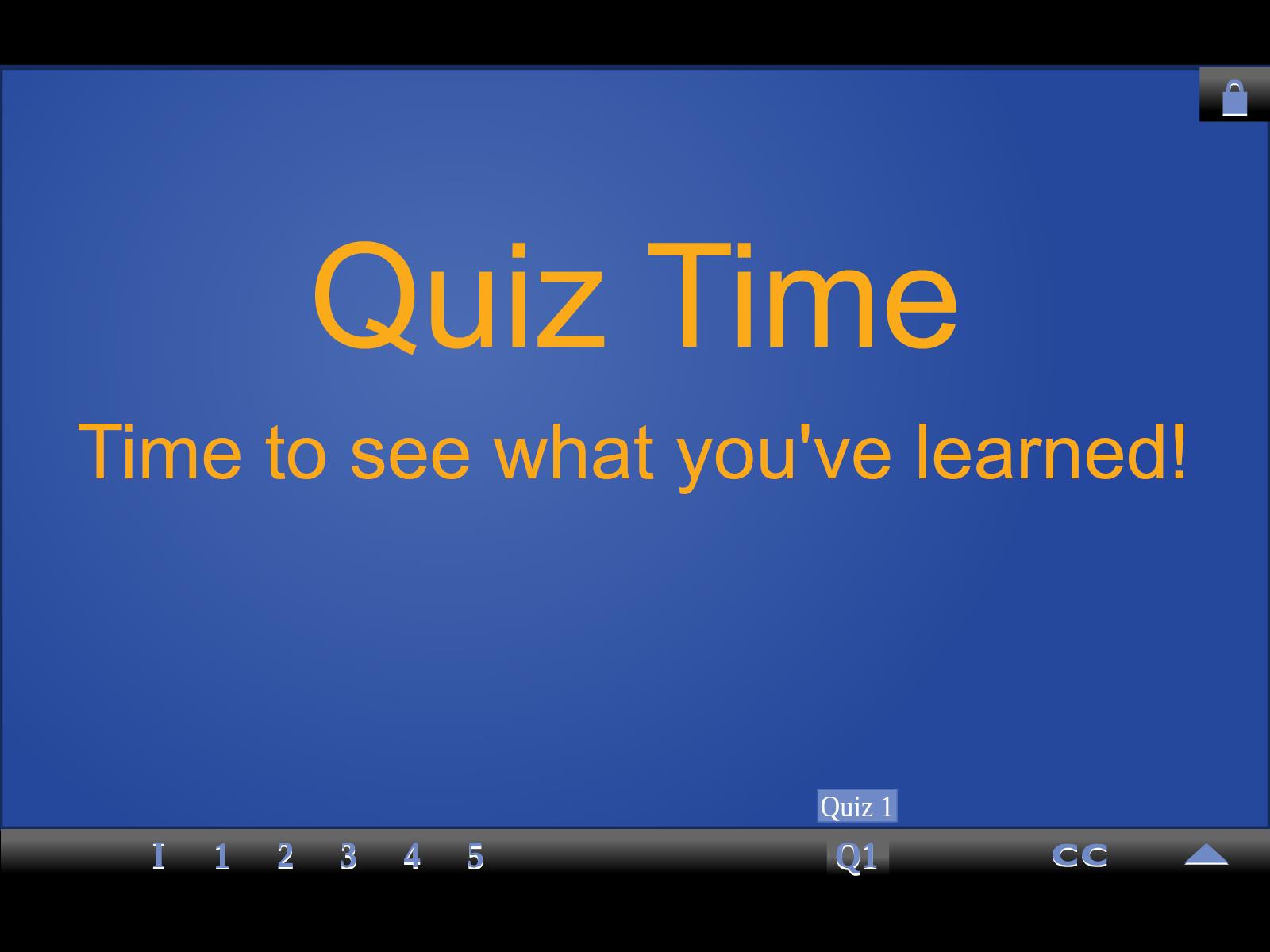
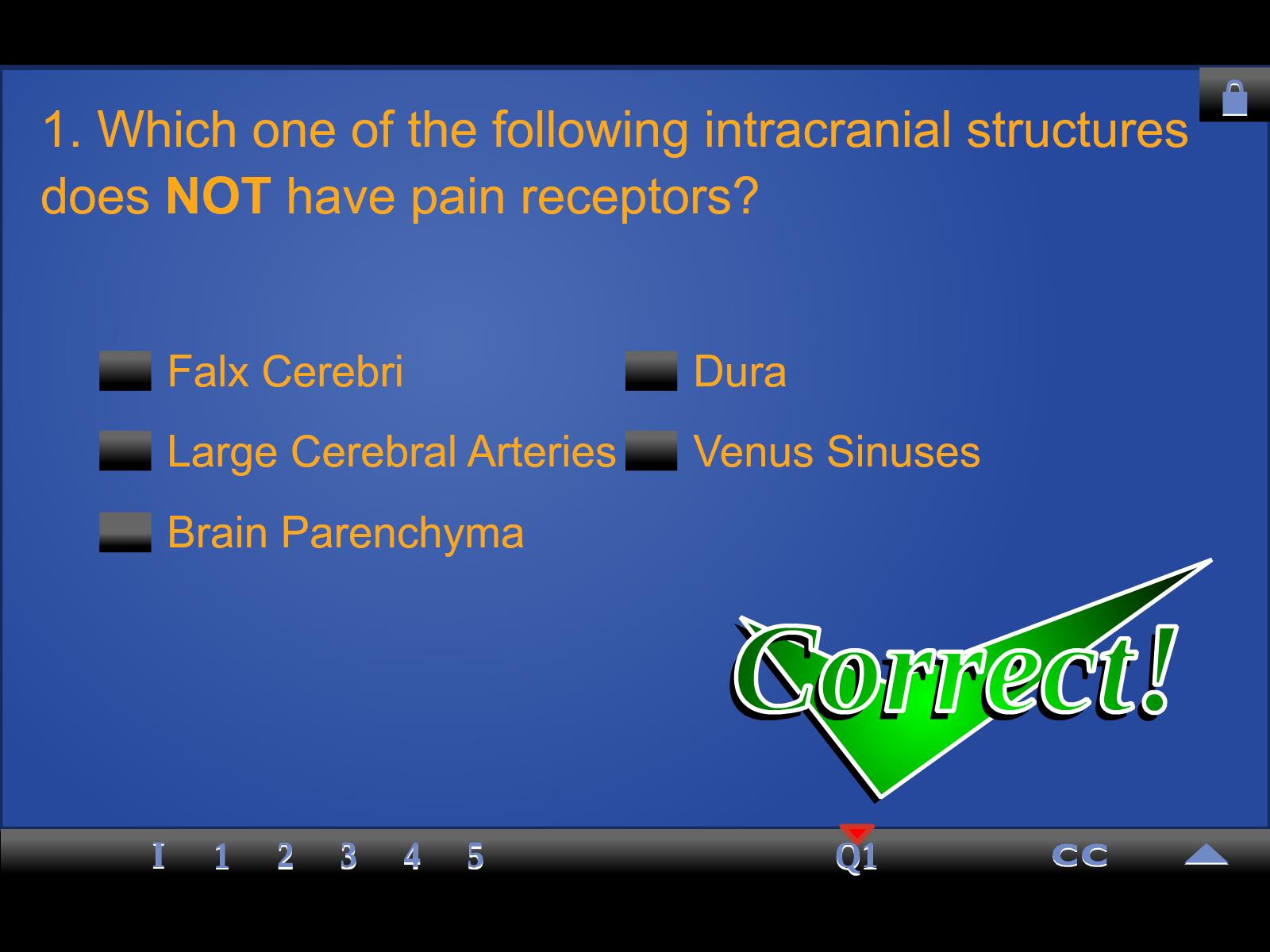
Principal concepts can be taught through a brief focused and engaging elearning format.
Emodules with mastery testing allows the student to repeat the learning experience until they have mastered the content.
Student perception of this type of learning activity is overall positive.
Having the students come to the classroom with mastery of important basic concepts sets the stage for knowledge application through interactive case presentations and activities designed for participation.
Elearning modules designed for mastery and the flipped classroom enhance student learning. The module can be viewed at http://digitalcommons.unmc.edu/elearning/13/
 Send Email
Send Email